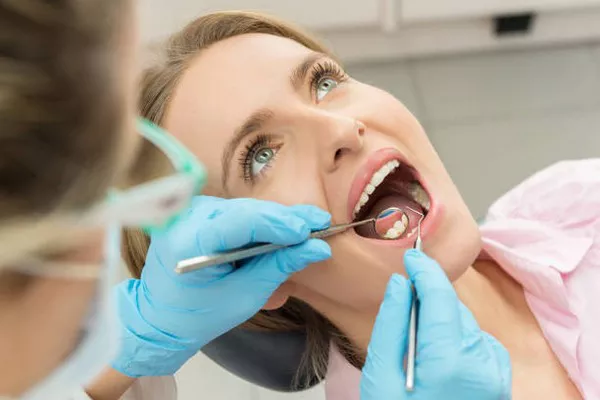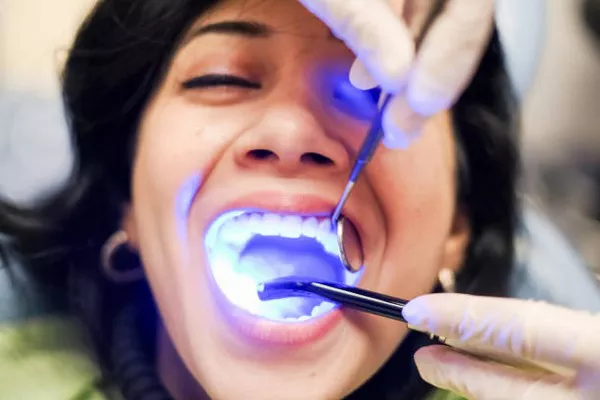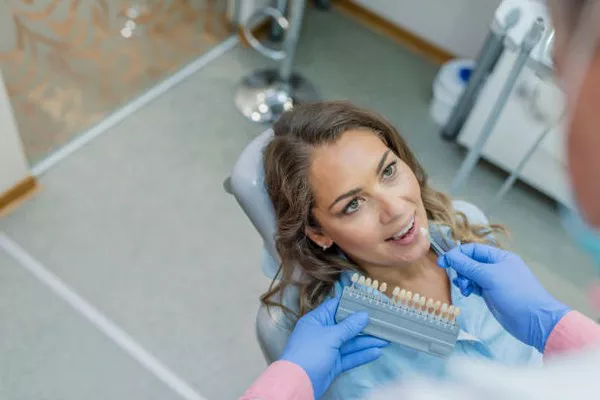A bright and healthy smile is a valuable asset, but yellow teeth can detract from your overall appearance. Many people experience tooth discoloration for a variety of reasons, such as age, genetics, lifestyle habits, and certain medical conditions. Fortunately, there are several effective ways to get yellow teeth white again. In this article, we will explore four key topics.
By following these guidelines, you can enjoy a beautiful smile that boosts your confidence and overall well-being.
Understanding the Causes of Tooth Discoloration
Before embarking on a journey to whiten your teeth, it’s important to understand the underlying causes of tooth discoloration. The most common reasons include:
Aging: As we age, the enamel on our teeth naturally wears down, revealing the more yellowish layer of dentin underneath.
Genetics: Some people are born with inherently darker or yellower teeth due to genetics.
Lifestyle habits: Consuming dark-colored foods and drinks (such as coffee, tea, red wine, and cola) can stain teeth over time. Smoking and tobacco use can also cause yellowing.
Medications: Certain medications (such as tetracycline) can cause tooth discoloration if taken during childhood.
Medical conditions: Diseases that affect enamel and dentin, such as enamel hypoplasia or dentinogenesis imperfecta, can cause yellow or discolored teeth.
By identifying the specific cause of your tooth discoloration, you can choose the most appropriate method to whiten your teeth.
Adopting Healthy Lifestyle Habits
In addition to avoiding certain foods and beverages that can stain teeth, adopting healthy lifestyle habits can help keep your teeth white. Here are some tips to follow:
Brush and floss regularly: Good oral hygiene is essential for maintaining bright, healthy teeth. Brush at least twice a day with fluoride toothpaste and floss daily to remove plaque and stains.
Use a straw: When consuming dark-colored beverages, use a straw to minimize contact with your teeth.
Rinse after eating: If you can’t brush your teeth immediately after eating or drinking something that may stain your teeth, rinse your mouth with water to help reduce the impact of staining compounds.
Chew sugar-free gum: Chewing sugar-free gum after meals stimulates saliva production, which helps neutralize acids and wash away food particles that can cause staining.
Get regular dental cleanings: Professional dental cleanings can remove surface stains and tartar buildup, leaving your teeth looking brighter and healthier.
Trying Natural Remedies
If you prefer natural remedies to whiten your teeth, there are several options to consider. While natural remedies may not be as effective as professional treatments, they can still make a noticeable difference in the color of your teeth. Here are some popular natural remedies to try:
Baking soda:
Mix baking soda with water to create a paste, then brush your teeth with the mixture for two minutes before rinsing thoroughly. Baking soda can help remove surface stains and brighten teeth.
Hydrogen peroxide:
Swish a 3% hydrogen peroxide solution around in your mouth for 30 seconds, then spit it out and rinse with water. Hydrogen peroxide can whiten teeth by breaking down stains on the surface.
Coconut oil pulling:
Swish a tablespoon of coconut oil around in your mouth for 10-15 minutes before spitting it out and rinsing with water. Oil pulling may help remove surface stains and improve overall oral health.
Apple cider vinegar:
Dilute apple cider vinegar with water and swish it around in your mouth for 30 seconds before rinsing thoroughly. Apple cider vinegar can help remove surface stains and kill bacteria in the mouth.
Seeking Professional Treatment
If you’re looking for a more dramatic transformation, professional teeth whitening is the most effective option. Your dentist can provide several different options, including:
In-office whitening: Your dentist applies a professional-strength whitening gel to your teeth and uses a special light to activate the bleaching agent. This process can lighten teeth several shades in just one visit.
Custom trays: Your dentist creates custom-fitted trays that you wear at home with a professional-strength whitening gel. You typically wear the trays for several hours each day for up to two weeks.
Over-the-counter products: Your dentist may also recommend over-the-counter whitening products, such as whitening strips or gels, that can be used at home. However, these products are generally less effective than professional treatments.
Your dentist can help you choose the best option based on your individual needs and preferences.
Conclusion
Achieving a whiter, brighter smile is possible with the right approach.
Related Topics:





























